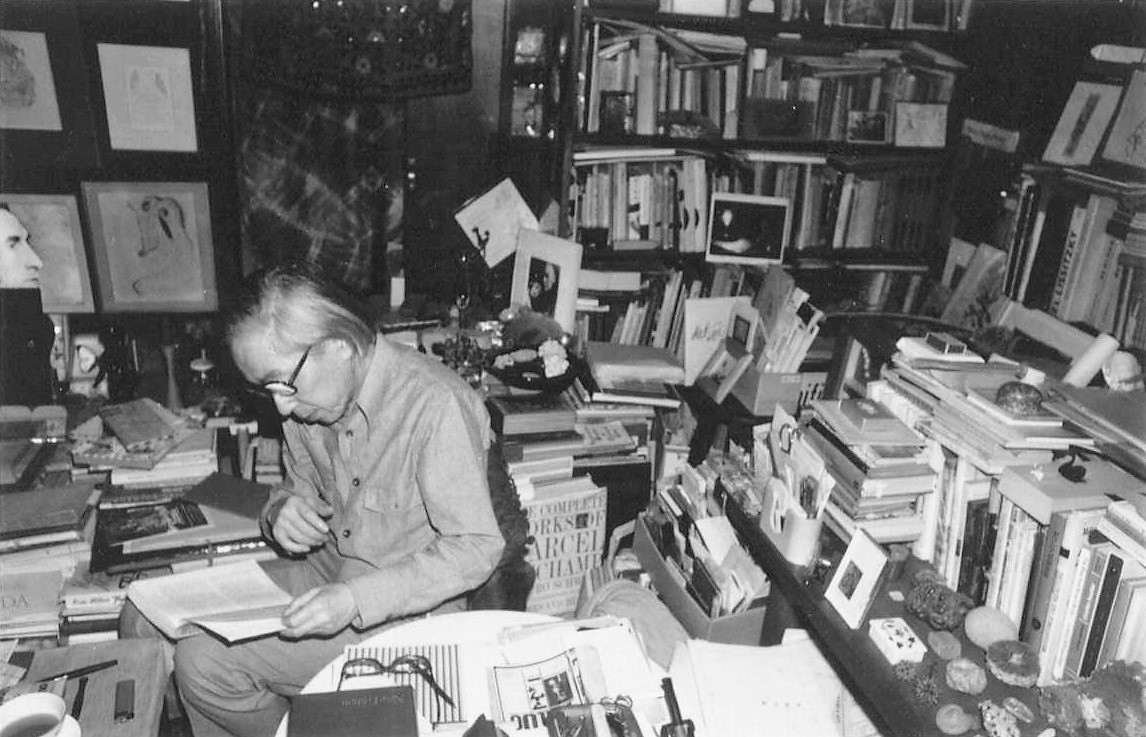Shuzo Takiguchi Collection
Shuzo Takiguchi
1903-1979
Shuzo Takiguchi was born in Toyama and died in Tokyo. He was a poet and also one of the most influential art critics in post-war Japan. While he was studying at Keio University in the latter half of the 1920s, he was deeply influenced by surrealism. Surrealism was defined by the French poet, André Breton as an artistic movement to release individuals from reality and consciousness using surrealistic subjects, such as unconsciousness, dreams or coincidence.
Takiguchi was the first Japanese poet to create surrealistic poems and the first surrealist in Japan. He also contributed to spread surrealism throughout Japan through his translation of André Breton's "Surrealism and Painting" in 1930. He wrote about the prominent surrealist Joan Miró in 1940. This was the first book in the world on the Spanish artist.
During the buildup to World War II, artists’ activities and works were considered dangerous and began to be restricted. During World War II, Takiguchi was monitored by police until the end of the war.
After the war, Takiguchi acquainted himself with young non-famous artists in the fields of fine art, music and dance. He also wrote many reviews of new works by young fine artists, such as Shusaku Arakawa, On Kawara and Yayoi Kusama and gave them much support.
He also collaborated with artists in other countries. For example, he published 2 collections of his poems along with artwork from Miró. He also supervised the Marcel Duchamp Goroku (1968, Marcel Duchamp Analects). The analects were replete with pictures by Duchamp himself, Jean Tinguely and Jasper Johns.
When Toyama prefecture was planning to build an art museum in the 1970’s, the prefecture consulted with Takiguchi for some advice as an art expert. He is the reason for the focus on 20th century art at The Museum of Modern Art, Toyama, this museum’s predecessor. After he died, his wife donated about 700 of his works that remained in his study, such as paintings, printings works of art as well as toys, stones and shells that he used.


